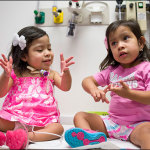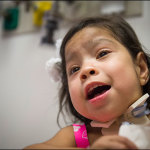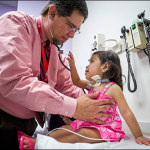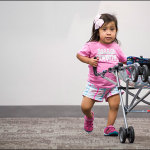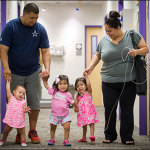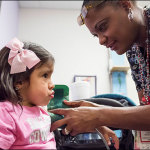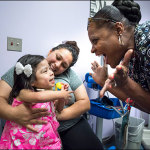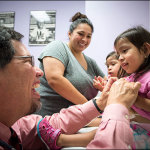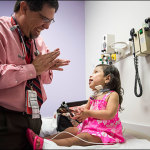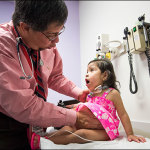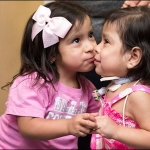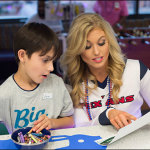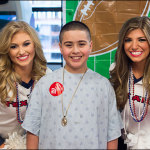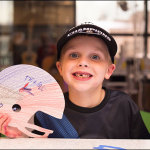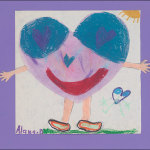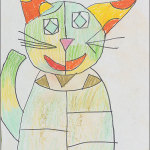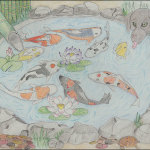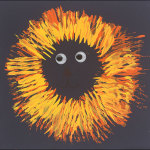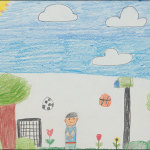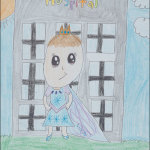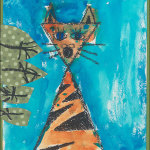It’s been more than a year and a half since a team of Texas Children’s surgeons and medical staff separated conjoined twins Knatalye Hope and Adeline Faith Mata in an historic, more than 24-hour-long procedure. Since then, the girls – now 2 years old and living at home near Lubbock – have worked hard with various types of therapists, medical experts and on their own to recover from the monumental surgery.
During a recent visit to Texas Children’s Hospital, physicians and medical personnel got an up-close look at just how far the girls have come. When a nurse in pulmonologist Dr. Fadel Ruiz’s office weighed the girls, they walked up to the scale and hopped on. When the nurse bent over to take their blood pressure, they sat on the exam table and reached for her stethoscope like it was a toy. And, while the girls were waiting for Dr. Ruiz to enter the room, they, like most toddlers, ran around, chattered and begged for snacks.
“They are growing and reaching milestones every day,” the twins’ mother Elysse Mata said. “It’s non-stop around our house. We aren’t getting much sleep but that’s OK.”
The girls’ father, Eric Mata, said watching his girls grow and get stronger every day feels good and that he sometimes has to stop and think just how far they have come. “It’s amazing really,” he said. “I never imagined our lives would be like they are today.”
Dr. Darrell Cass, one of the lead surgeons in the separation case and co-director of Texas Children’s Fetal Center, said Knatalye and Adeline are doing “awesome!” He said Adeline is slowly being weaned off of her ventilator and G-tube, devices she only uses occasionally versus all the time after the separation. The toddler’s pelvis is healing well and her lungs are continuing to grow and become stronger, progress Cass said will help her walk, talk and eat even better than she is now.
Knatalye’s breathing is so good Cass said cardiovascular surgeon Dr. Dean McKenzie recently removed a metal plate from her chest and closed her sternum, a procedure they were waiting to do following sufficient lung strength and growth. Like her sister, Knatalye is being weaned from the G-tube and is learning to eat on her own. She is walking well, Cass said, but her pelvis is still a bit separated, something she might have to get more work done on in the future.
“I’ve always said the girls will walk into kindergarten one day together and I definitely think that will still be true,” Cass said.
View a series of photos from the Mata’s visit below.


